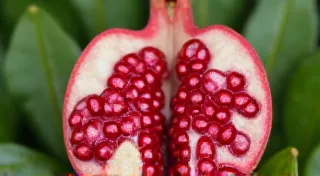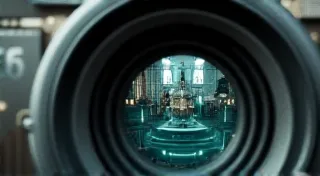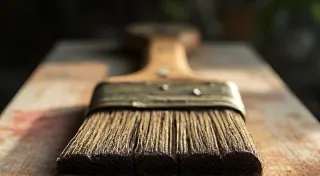The Brushstrokes of Memory: The Human Touch in a Mechanical Age
The Victorian era. The very name conjures images of ornate lace, gaslight shimmering on cobblestone streets, and a burgeoning industrial revolution reshaping society. Yet, amidst the clang of machinery and the relentless march of progress, a quieter, more intimate craft flourished: hand-tinting photographs. It wasn’t merely about adding color; it was about imbuing a mechanical reproduction with a uniquely human soul, a testament to artistry in a world increasingly defined by standardization. This article delves into the delicate and demanding techniques of Victorian photography tinting, exploring its historical context, celebrating the skill involved, and reflecting on its place within a rapidly changing world.
The advent of photography in the mid-19th century was revolutionary. Daguerreotypes and calotypes, while capturing fleeting moments with unprecedented fidelity, lacked the vibrancy of life. They were monochrome, ghostly echoes of reality. This lack of color presented an opportunity—and a challenge—for ingenious photographers and artisans. The initial techniques were rudimentary, often involving simple washes of oil pigment applied haphazardly. But as the process evolved, so too did the artistry.
The Evolution of a Craft
Early tinting often utilized a single color wash over the entire image, most commonly a reddish-brown to mimic the warmth of human skin tones. These were quickly followed by more sophisticated techniques. The introduction of albumen prints – silver prints made on albumen paper – proved particularly amenable to hand-tinting, offering a smoother surface for the application of color. The process typically involved several steps. First, the print was carefully coated with a protective layer of collodion. Then, transparent oil pigments, often mixed with a solvent like lavender oil or turpentine, were applied using fine-pointed brushes, much like a watercolorist approaches their canvas. The skill lay not just in applying the pigment, but in controlling its flow, blending colors seamlessly, and achieving subtle gradations.
The choice of pigments was crucial. Victorian colorists relied on a palette derived primarily from aniline dyes, a relatively new development at the time. These dyes, extracted from coal tar, offered a wider range of hues compared to earlier natural pigments. But they were also notoriously unstable, prone to fading and discoloration over time. This instability is one reason why many surviving hand-tinted photographs display a softened, antique quality – a testament to the passage of time and the inherent fragility of the materials.
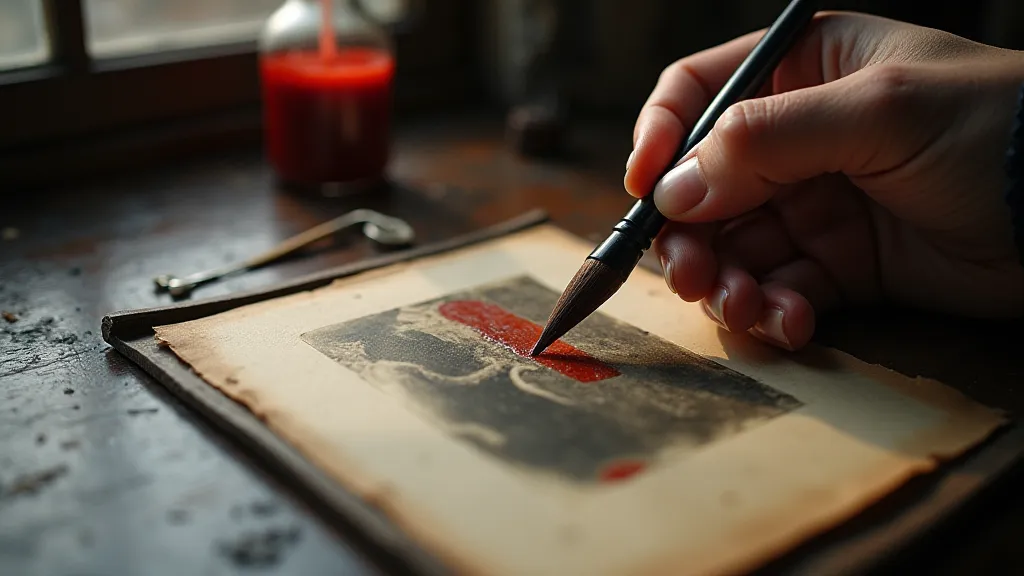
More Than Just Color: A Storyteller's Touch
But hand-tinting was about far more than just adding color for the sake of it. It was a means of personalizing the photograph, of injecting it with a narrative depth that a monochrome image simply couldn't convey. Think of portraits – the subtle blush on a woman’s cheeks, the warmth of a gentleman’s complexion, the gleam in a child's eyes. These weren't merely representations of features; they were expressions of personality, reflections of inner life. Colorists became interpreters, collaborators with the photographer, translating the essence of a subject into a vibrant, tangible form.
I recall a conversation I had with an elderly restorer who specialized in Victorian photographs. He spoke of the intuitive understanding these colorists possessed—an ability to perceive the subtle nuances of human expression and to translate them into color. “They weren’t just applying paint,” he said. “They were reading faces, feeling the story behind the image.” That sentiment encapsulates the artistry of Victorian photography tinting – a profound empathy and a dedication to capturing the human spirit.
The Industrial Age and the Preservation of Art
The rise of industrialization and the increasing accessibility of photography presented a paradox. While photography itself was a product of technological advancement, hand-tinting represented a deliberate resistance to the homogenization of the photographic process. It was a counterpoint to the machine’s relentless march, a reaffirmation of the human hand’s enduring value. As mass-produced, uncolored photographs became more commonplace, the artistry of hand-tinting became increasingly specialized, reserved for those who appreciated the exquisite detail and the unique character it imparted.
The introduction of autochrome photography in the early 1900s – the first commercially successful color process – further diminished the demand for hand-tinting. Suddenly, color could be captured directly, eliminating the need for the laborious and time-consuming process of hand application. While autochrome, with its dreamy, pointillist aesthetic, had its own undeniable charm, it couldn’t replicate the subtle realism and emotional depth achievable through skillful hand-tinting. The age of the colorist was drawing to a close.
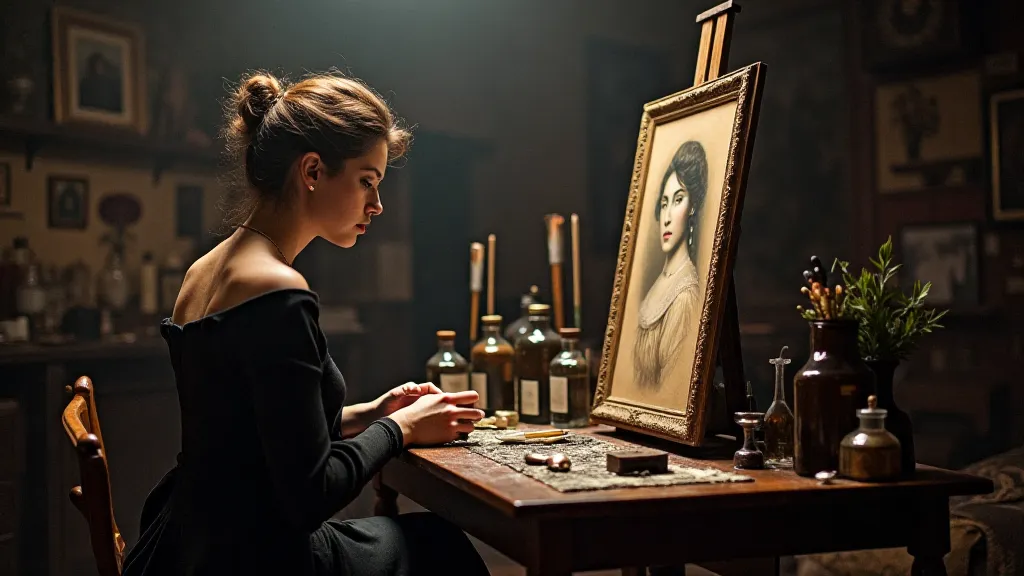
Collecting and Restoration: A Legacy in Fragility
Today, hand-tinted photographs are treasured as rare and beautiful artifacts of a bygone era. Collectors seek them out not only for their aesthetic appeal but also for their historical significance—tangible links to a time when artistry and craftsmanship were inextricably intertwined with the technological innovation of photography.
Restoring these fragile treasures presents unique challenges. The aniline dyes are notoriously unstable, and attempts to “correct” faded colors can often do more harm than good. Conservation efforts focus on stabilizing the image, protecting it from further deterioration, and, above all, preserving the integrity of the original hand-tinting. The goal is not to restore the photograph to its original vibrancy, but to ensure its survival for future generations, allowing them to appreciate the skill and artistry of the original colorist.
The knowledge of how to properly handle, store, and even subtly restore these photographs is slowly being passed down through a small community of dedicated professionals, perpetuating a legacy that was almost lost to the relentless tide of progress.
A Lasting Resonance
Victorian photography tinting wasn't just a technical process; it was a cultural phenomenon, a testament to the enduring power of the human touch in a mechanical age. It was a way of imbuing photographs with personality, emotion, and a sense of intimacy that transcends the limitations of the photographic medium. Examining these antique photographs—observing the subtle gradations of color, the delicate brushstrokes, the evident care taken—one can’t help but feel a deep sense of connection to the artists who created them, and to the world they sought to capture.
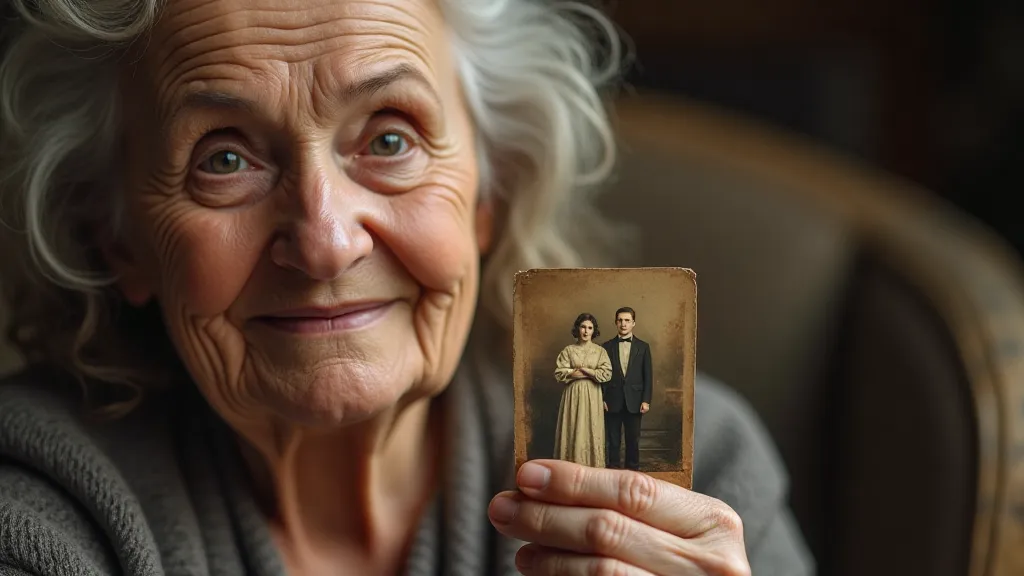
The fading colors and delicate condition of these photographs serve as a poignant reminder of the passage of time, but also as a powerful validation of the enduring value of human artistry—a legacy that continues to inspire and captivate us today.

